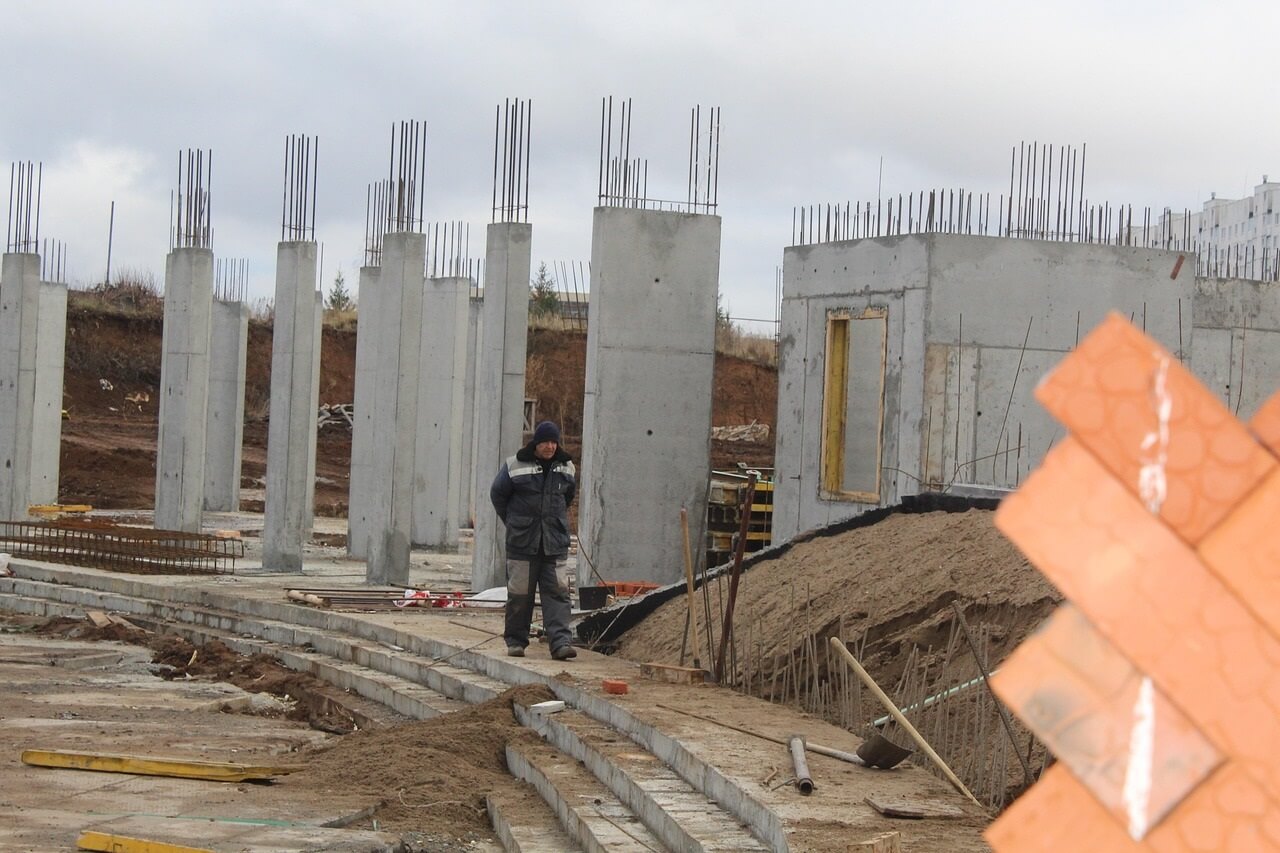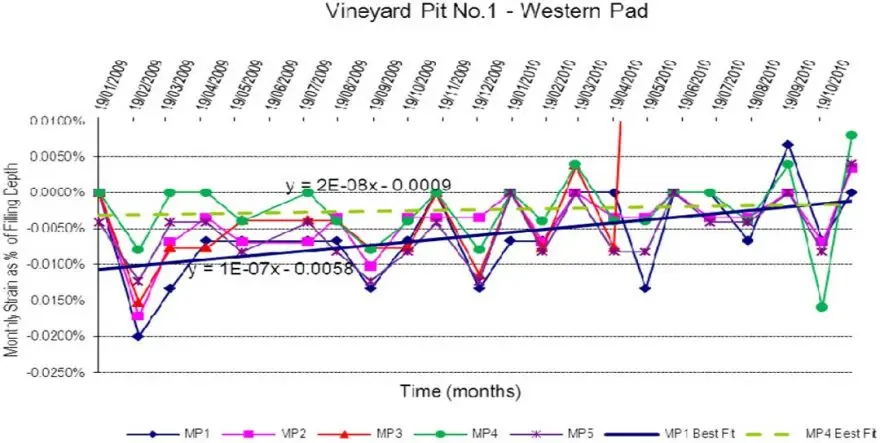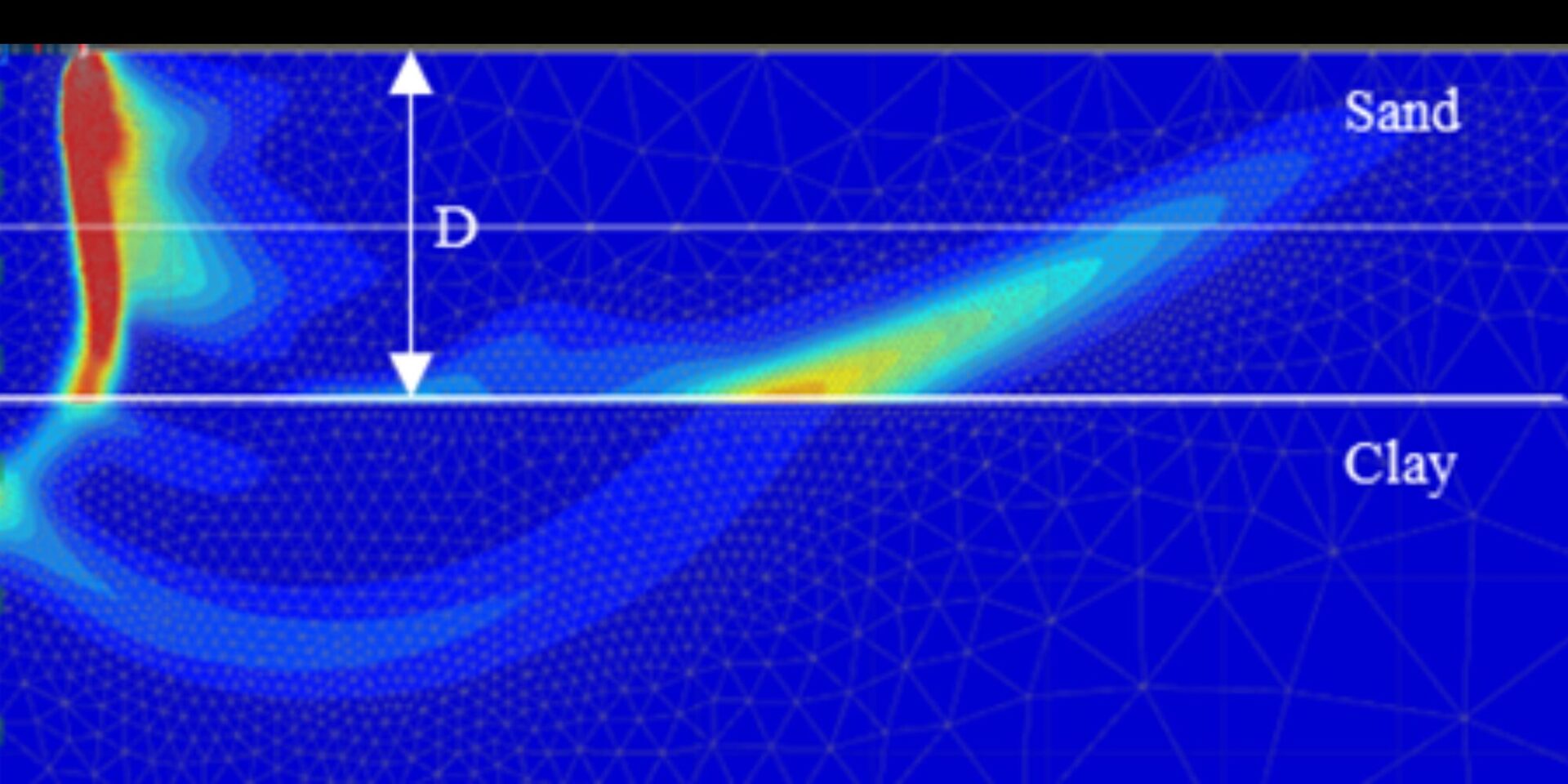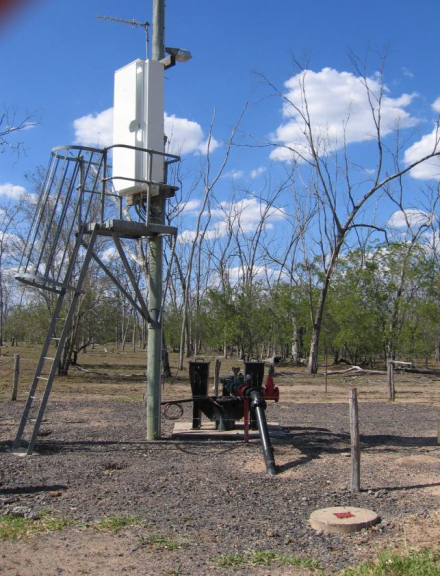Celebrating Emerging Talent: Stephanie Salim Awarded the AGS Don Douglas Youth Fellowship Award

Douglas Partners is pleased to spotlight an important moment from the recent Australian Geomechanics Society (AGS) Sydney Symposium, where the Don Douglas Youth Fellowship Award was presented to Stephanie Salim (PSM) in recognition of the best paper by a young geotechnical professional in 2024. The award honours the legacy of Don Douglas, founding Managing Director […]
Understanding the Plate Load Test: Procedure, Interpretation & Importance in Foundation Design

Designing Shallow Foundations In geotechnical engineering, the safe and cost-effective design of shallow foundations depends on accurately determining the soil’s bearing capacity at the intended depth. Without reliable data, there is a risk of over-designing, which increases costs, or under-designing, which compromises structural safety. The Plate Load Test (PLT) is a widely used in-situ method […]
Case Studies of Filling Movements under Buildings

Abstract Three case studies of filling works are reviewed. In the first case, a deep quarry was backfilled with a combination of clays, ripped shale and ripped sandstone under controlled conditions. Settlement monitoring was carried out over a period of two years to measure the consolidation of the filling. The settlement results are presented and […]
Sodic Soils and Design / Construction Implications for a Recreational Lake in Central Western Queensland.

Building a recreational lake sounds simple enough. Dig a basin, let the water in, and enjoy the boating, skiing, and community events that follow. But in regions like Central Western Queensland, the soils beneath our feet can create challenges that go far beyond the surface. One of the biggest culprits? Sodic soils. What Is Soil […]
Deep Foundation Design for Complex Soils

Why Deep Foundations Are Required In many projects, shallow foundations are sufficient to support the loads of a structure because the surface soils have adequate bearing capacity and settlement characteristics. However, in other cases, near-surface soils may be too weak, compressible, or variable to provide reliable support. This is particularly evident in areas with soft […]
Three-dimensional Bearing Capacity of Footings on Sand over Clay

Introduction The bearing capacity of soil is one of the most critical factors in foundation design, particularly where sand overlies clay. While dense sand offers relatively high load-bearing strength and effective drainage, underlying clay soils are often weaker, compressible, and more prone to long-term settlement. This layered interaction poses challenges for shallow foundations, where the […]
What are the Factors Affecting the Choice of Foundation Type?

A building’s foundation forms the critical link between the structure and the earth. It supports the entire structure, distributes building loads into the soil beneath, and ensures long-term structural stability. Selecting the appropriate type of foundation depends on various factors, including soil conditions, structural demands, and cost. At Douglas Partners, we provide expert geotechnical engineering […]
How to interpret borehole data for foundation design?

Understanding how to interpret borehole data is essential when planning the design and construction of a reliable foundation. Borehole drilling plays a critical role in this process, as it provides engineers with first-hand information about the physical properties of subsurface materials. The quality and detail of data obtained from borehole drilling services allow for accurate […]
Sourcing sustainable groundwater supply where water is scarce

Why sustainable water supply in arid regions matters Groundwater accounts for approximately 20% of Australia’s currently accessible water resources. In some regions, even some major cities like Perth, more than 40% of our tap water is sourced from groundwater. However, this valuable resource is sometimes poorly understood and, as a result, inadequately managed. As urban […]
Reimagining Contaminated Sites Through a Circular Economy Lens

How Our Environmental Experts Are Advancing Industry Dialogue on Sustainable Remediation. At Douglas Partners, we’re proud that our colleagues are part of an evolving conversation about the future of contaminated land management—one that goes beyond compliance to explore resource recovery, sustainability, and long-term value creation. In their recently published article in ALGA’s e-chronicle, our colleagues […]
